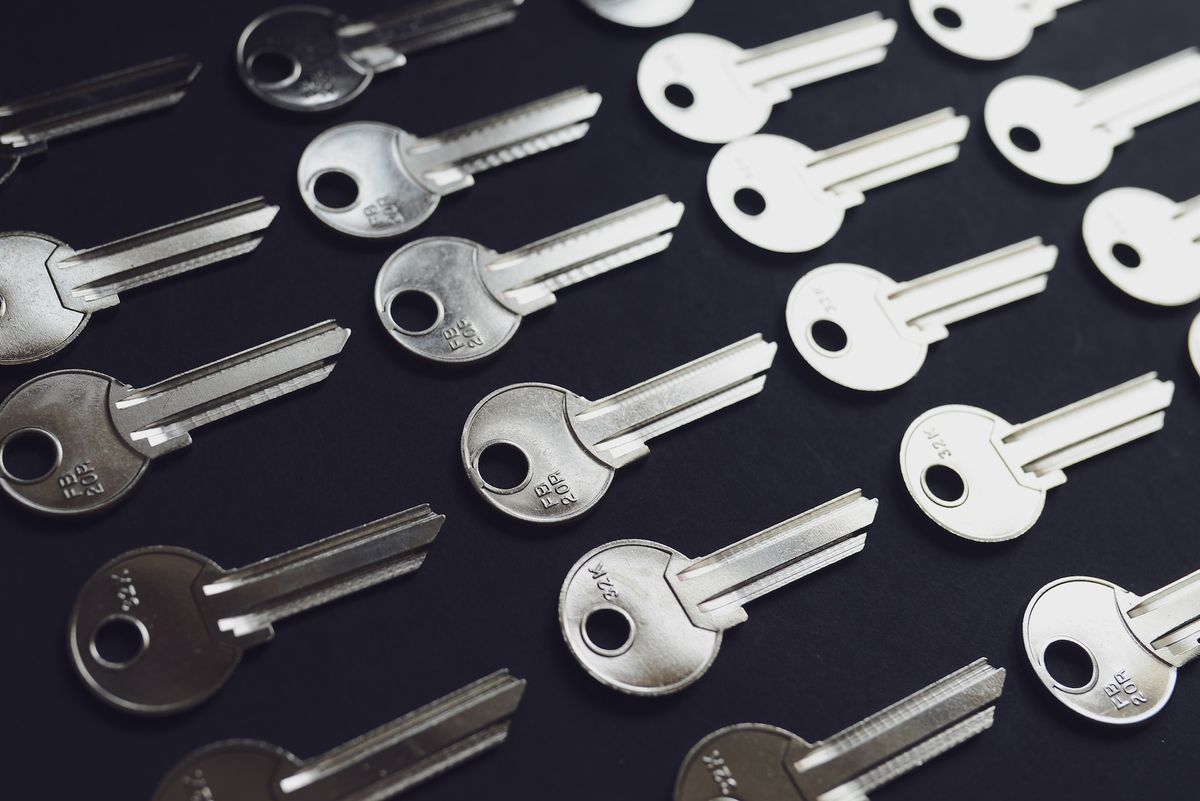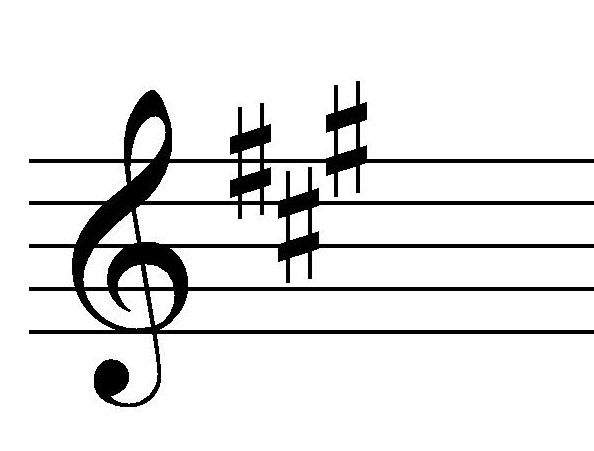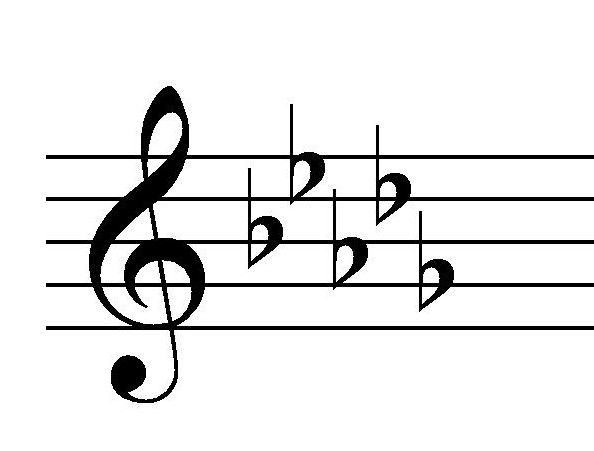Key Signatures Made Simple

When learning how to read music you often begin with C Major which contains no sharps or flats. But there will come a time pretty early on when you will need to know which sharps (#) and flats (♭) belong to which major or minor key. Like many things in music-reading, a mnenomic is your friend.
The order of the sharps is as follows:
FATHER CHARLES GOES DOWN AND ENDS BATTLE = FCGDAEB
For the flats, just reverse the phrase:
BATTLE ENDS AND DOWN GOES CHARLES'S FATHER = BEADGCF
Theory into Practice
So for example, if your piece of music shows 4 sharps at the beginning of the piece, those sharps will be F# C# G# and D#. They are always notated in that order on the lines of the musical stave.
Similarly, if your piece is in a key containing 3 flats for example, these would be B♭, E♭ and A♭.
The Sharps

Now, say your piece has 3 sharps in the key signature. As we have discussed already, these would be F# C# and G#. But how do you work out which key that is? All you have to do is look at the last sharp - in this case G# - and go up one semitone. So the key in question would be A Major.
The Flats

Let's try the same with the flats. Say the piece contains 5 flats. As you know, they would be B♭, E♭, A♭, D♭, G♭ (Battle Ends... etc). To work out the major key, simply go to the second-to-last or penultimate flat which in this example means we are in D♭ Major.
Minor Key?
You may already know that for every major key there is a minor key that shares all the same notes. This is called the Relative Minor. To work out the relative minor of a major key. we simply go up 6 places in the scale. Let's put that into practice.
Take a 2 sharp key. This would be F# and C#. Go up one semitone to arrive at the major key, which would be D. Then go up to 6 steps of the D Major scale to get the relative minor - DEF#GAB - so the answer would be that B Minor is the relative minor.
Book a lesson with Ben here
